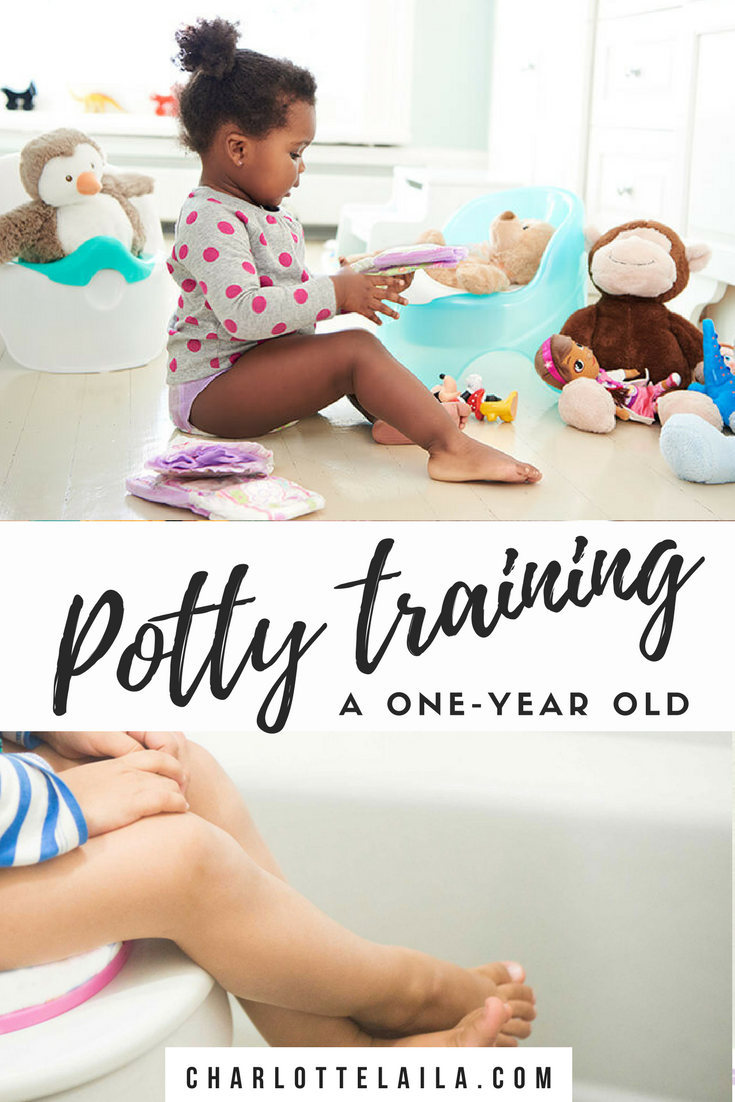Peaceful Parenting Part Two: Thriving Children
Peaceful Parenting Part Two: Thriving Children
Today I'm writing about managing difficult moments and having our children thrive. It's no secret that parenting can be difficult at times. Over the course of this summer I've spent sometime for reading about children's behaviors and how their brains work and develop. One of the books I am finishing up this week is called The Whole-Brain Child. This post isn't a full review of the book because it touches on too many important points for one single blog post, but it did touch on something in particular that I wanted to share.
"Weather you're a parent or other committed caregiver in a child's life, your ultimate goal is to raise kids in a way that let's them thrive. You want them to enjoy meaningful relationships, be caring and compassionate, do well in school, work hard and be responsible, and feel good about who they are. "
- The Whole-Brain Child
( Side Note: I will add a blog post of my summer reading list once I have my favourites finalized.)
To start us off, I'm sure we all in some way or another idealize when we think about how we want to parent our child. In an ideal world we want to inspire imagination, we want to be calm, nurture their little minds, increase their sense of wonder. But, in the stressful moments when being an ideal parent gets tossed out the window, we frustratingly bribe our toddler with a gummy worm to get them to stop screaming and sit in their car seat so we can rush to soccer practice. (Or whatever the next thing is on our never ending to-do-list.)
More often than not at the end of the day I feel like I didn't accomplish anything productive with my daughter, I just braved the storm of a cranky tantruming two-year-old. And If you're like me, like most parents, you're just trying get through the day. Trying to survive. These moments may not feel like the quality time you desire or the time you spent last week nurturing your child when you had a breakthrough talking about feelings and how to treat others. But these times of survival are perfect opportunities for you to grow and your child to thrive. Let me explain how.
Connecting and Coaching
We all have this picture of what a perfect parent is and does. The one who doesn't let their kid have any screen time, is constantly encouraging their child, never raises their voice. The one who always has perfect healthy snacks and time to help them with their homework and read to them. The ideal parent who never gets tired and is 100% attentive. We all have the ideal parent in mind and I want to remind you that she/he doesn't exist. We all have strengths and weaknesses. It's unfair to ourselves to compare to what we perceive as perfect. What I want to encourage you with as you read this post or if you decide to check this book out is that we can't be perfect all the time. But, introducing new strategies and learning new things that will help your child thrive is a really good thing that you are doing! Even if in the heat of the moment you bribe your kid with a Popsicle in order to go on the potty rather than talking about why it's important to use the washroom. #Guilty #BeenThereDoneThat.
So number one is to remember that we can't be perfect all the time, number two is to know that not every moment is a teaching moment. You will just wear yourself and your child out if you're constantly looking for "teaching moments". So instead, be present in your child's life. You know them better than anyone so you see things that stand out or need to be addressed. Something like an uncomfortable or possibility traumatic experience, like a tantrum on the swings or a meltdown when leaving the house could be a good teaching moment. You see what matters and what can help your child grow or what can cause them to stumble or develop bad behavior.
A simple way to notice these moments is if your child is one of the two extremes - chaos or rigid. They're either in chaos with emotions flying and are out of control or they're the opposite; they're overly controlling and ridged, perhaps they are refusing to leave the park and have 'put their foot down'. These to opposites are perfect opportunities to help them thrive. We can help them calm down and understand how their feeling and what is going on around them. Which of course, in the long run, helps them become a well rounded person, have healthy relationships and understand and control their emotions.
Address the underlying issue
When responding to tantrums and put bursts its important to address them in the manner that they come. No I'm not saying start screaming and kicking like your toddler does, but rather if they're tantrum is coming from emotion then instead of responding to their emotion with logic respond in kind to that emotion. For example if your child is very upset that the swing they want is taken, it might not be the best option to say "there's nothing I can do about that. There aren't any more swings, we have to wait." Though this is a perfectly logical response to their crying it might result in an even more frustrated and possible tantrum.
Instead address the fact that they are upset and emotional with your own emotion. Kneel down to their level and ask if they are sad that their swing is gone - maybe they need some comfort. Or maybe they are mad that they don't get a turn - in which case acknowledge that frustration "Yes, I understand why you're mad that there aren't enough swings." It may seem so simple and silly but once we can connect why they are throwing a tantrum to the emotion they are expressing you can empathize with them begin to introduce a solution. I am not saying reward their bad behavior, because it still needs to be addressed, but in connecting with our child you open the door to introduce logic and, if necessary, discipline.
We all know it's impossible to reason with a tantruming toddler, so if you can connect with your child emotionally it creates a safe space to address what is really going on. Once they feel that connection and have come down from the extreme emotion they are feeling, only then can you introduce logic, ie. "There aren't enough swings for you to go on but we can wait our turn. Would you like Mommy to wait with you? Or would you like to go on the slide until it is your turn?"
If you are really interested in learning more about why this works, the book The Whole-Brain Child explains it very well. Essentially logic is part of your child's left side of the brain and emotion is located on the right. These two parts work completely differently. When your child is having a tantrum they are fully emotion. AKA fully using the right side of their brain and the left side is completely shut off. So, you trying to reason with them is completely useless, they don't have the capability at the time to listen to you and understand logic because the left side of their brain is not working. Once you can connect with their right side of the brain - their emotion, then you can begin introduce logic and get the left side of their brain to start working. Again, I explain this very loosely, the book does a fantastic job at all the details of the brain but hopefully you can understand why trying to reason with an emotional tantrum isn't going to work.
Here's an example of a tantrum where I used emotion to connect with my daughter's emotion to diffuse the situation:
Often my daughter refuses to take a nap. On this particular day she was over tired from the mornings activities so rather than her typical more calm aversion to nap time she was completely losing her mind, screaming and thrashing about. Usually ,I stay firm and continue to calmly tell her to "Lay down it's time for a nap."
But after reading about the left and right side of the brain and emotions in the book I thought... Well, I know I can be here fighting her to nap for an hour, I might as well try another approach. What do I have to lose? So instead of my usual asking her to lay down and telling her it's nap time, I asked her if she was sad or angry about bed time. She instantly responded with saying she was sad going for a nap because I leave her. (Little reminder, she was non stop screaming and trashing about. She wasn't responding to anything I said let alone answering me.) So, the fact that instantly she stopped rolling around and screaming and answered me was a big deal.
I hugged her and reassured her I would stay with her for a bit and asked if she would like me to rub her back. She nodded and laid down. I kid you not she was asleep in 7 minutes (I know because I put eggs on the stove to boil and had a timer set for 8 minutes - to which I had minute left in the timer when I left her room). I was shocked. I called my husband and told him right away. She usually tosses and turns and fights me for an hour before finally falling asleep but just acknowledging her emotion and connecting with her she completely calmed down. I didn't even get to the part where I could introduce logic and tell her that she needed to try for a nap because she was so exhausted she just fell asleep.
I have since used this technique in other "teaching appropriate" times and it has worked wonders. Rather than feeling like I am just surviving her tantrums, or bad days I am connecting with her and she is thriving. It has made a world of difference and I hope this can help you as well. Remember, you're not rewarding poor behavior, you are still going to address it but you need to get your toddlers crazy high emotion to calm down before anything you say will register with them.
Give it a try this week and let me know how it goes!
If you like this post we have a series of Peaceful Parenting Posts started. You can check out the other post in this series below:
Peaceful Parenting Part One: The Power Of Play
Peaceful Parenting Part Two: Thriving Children














